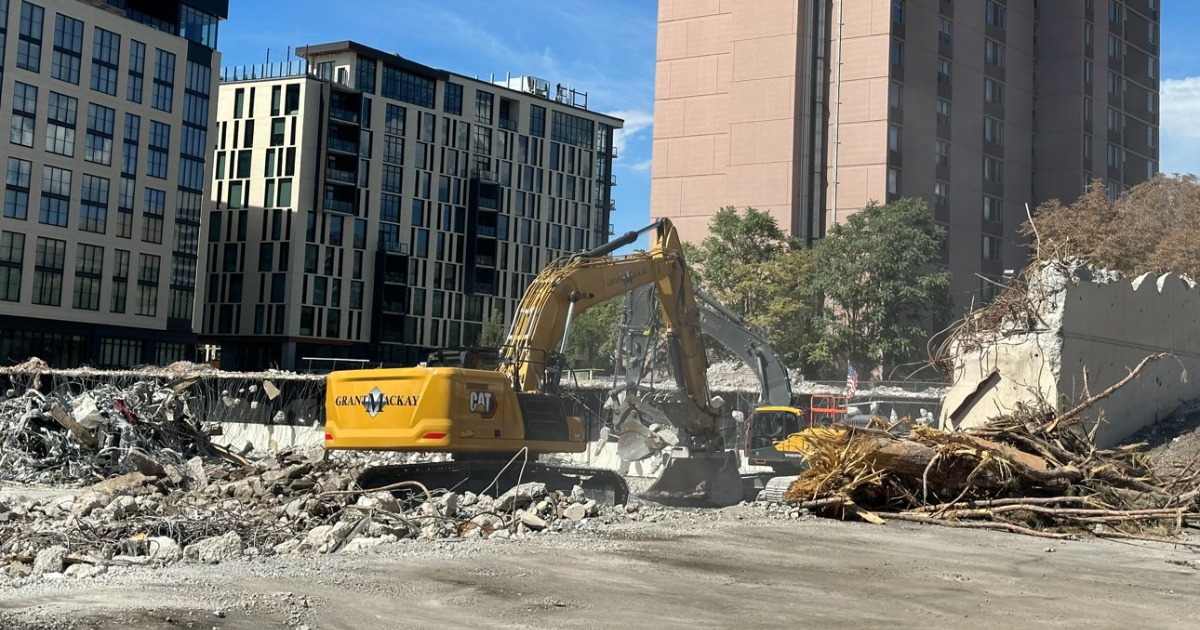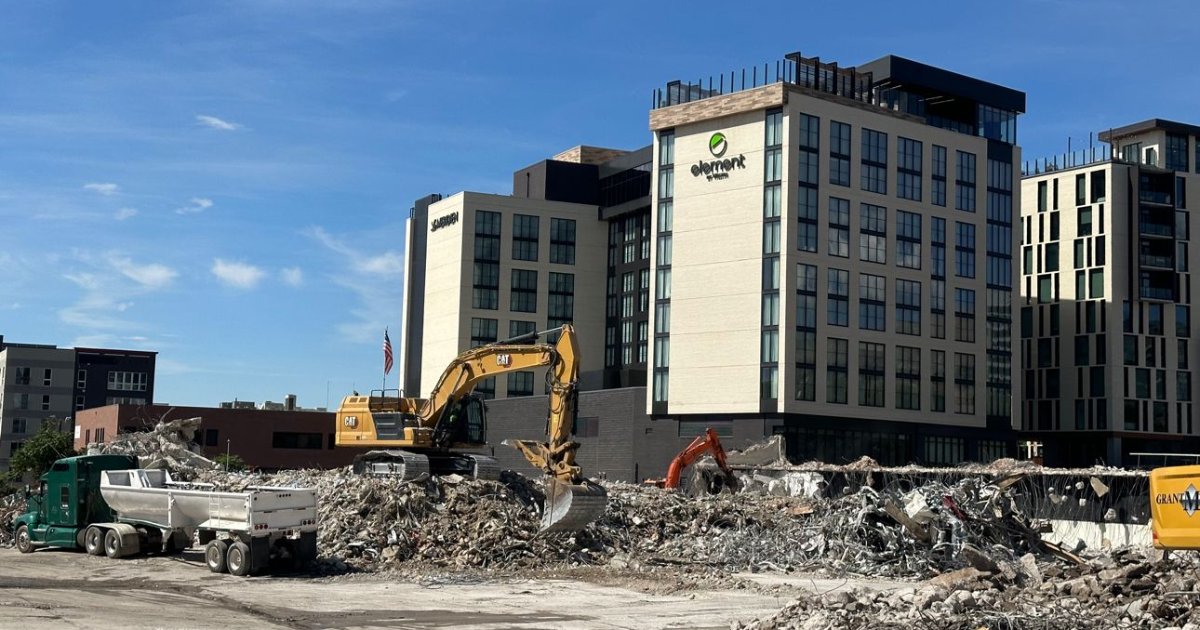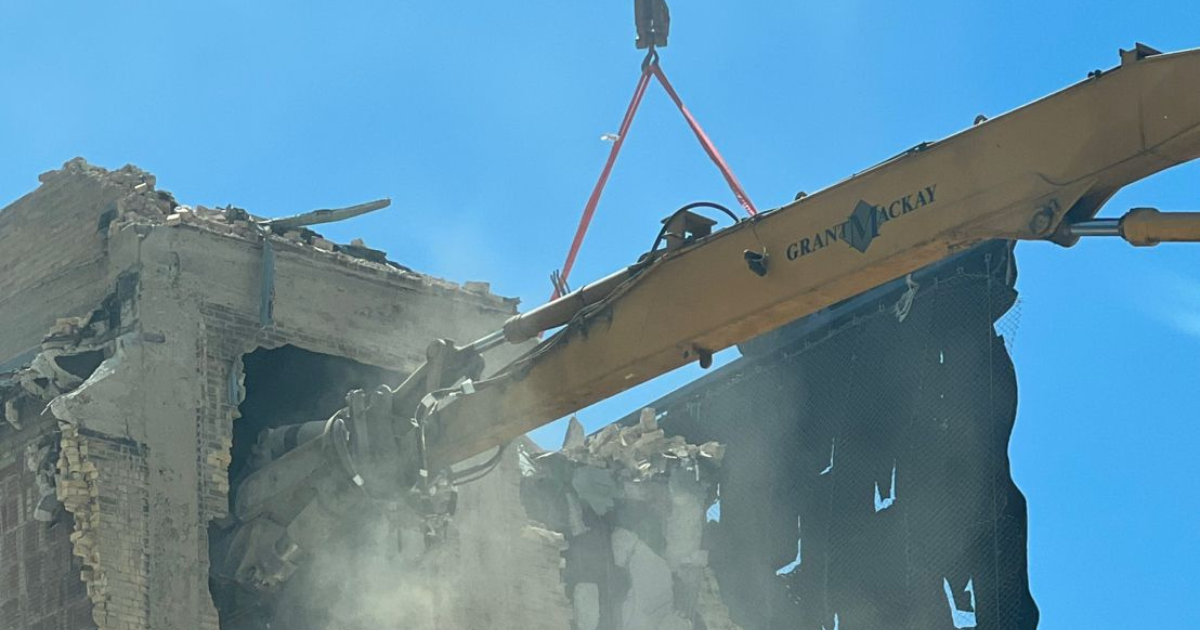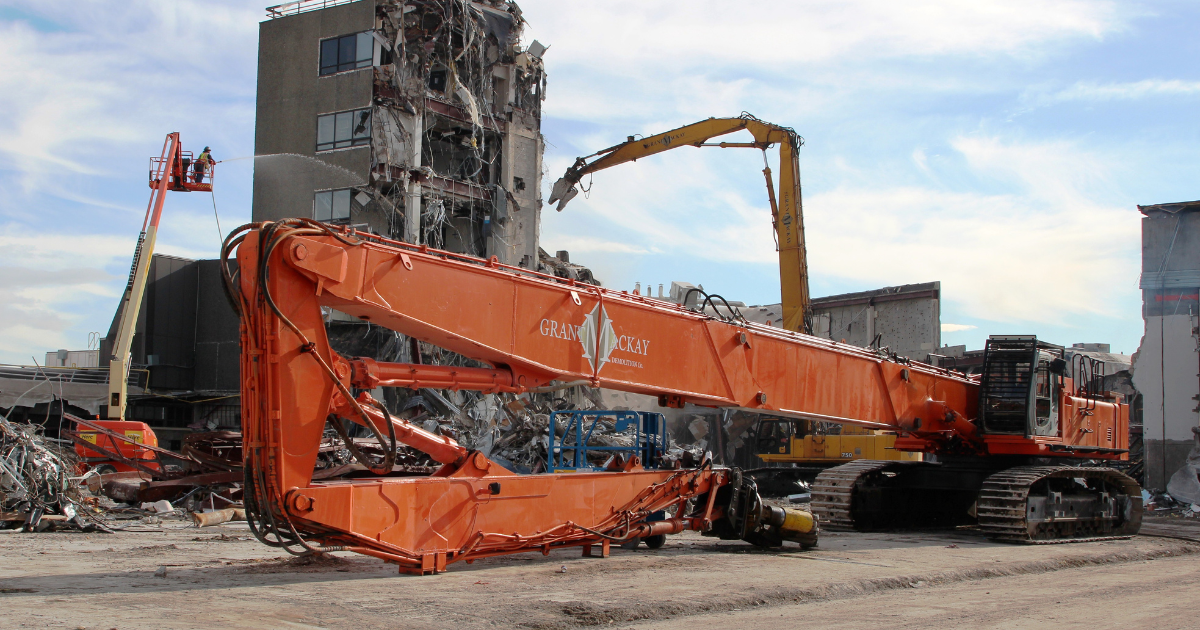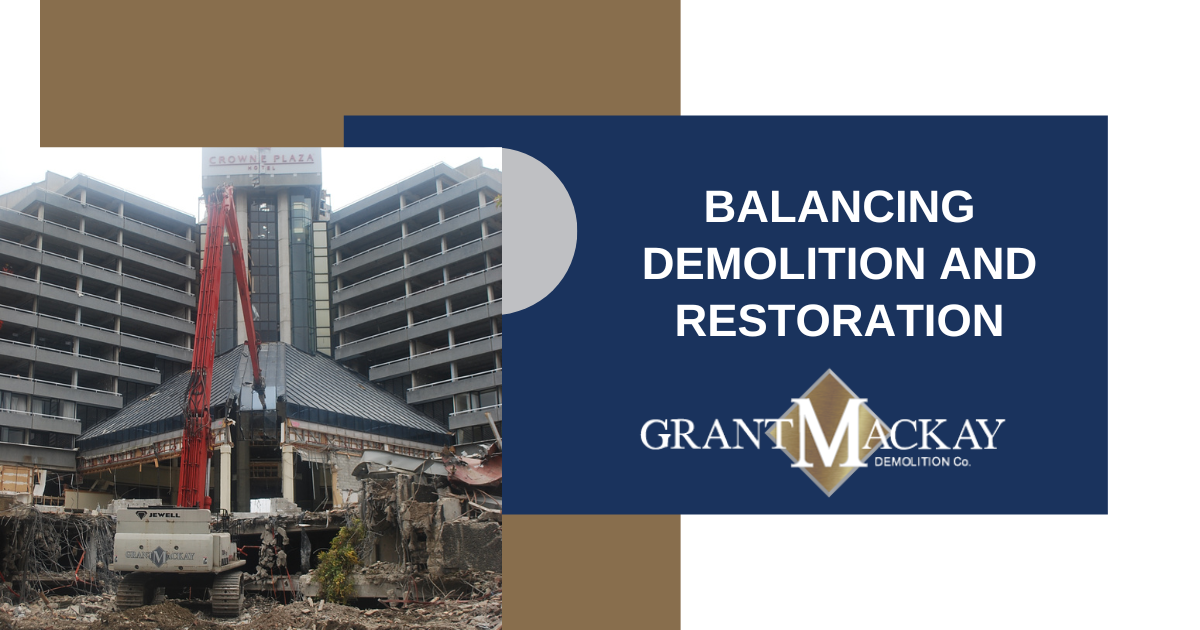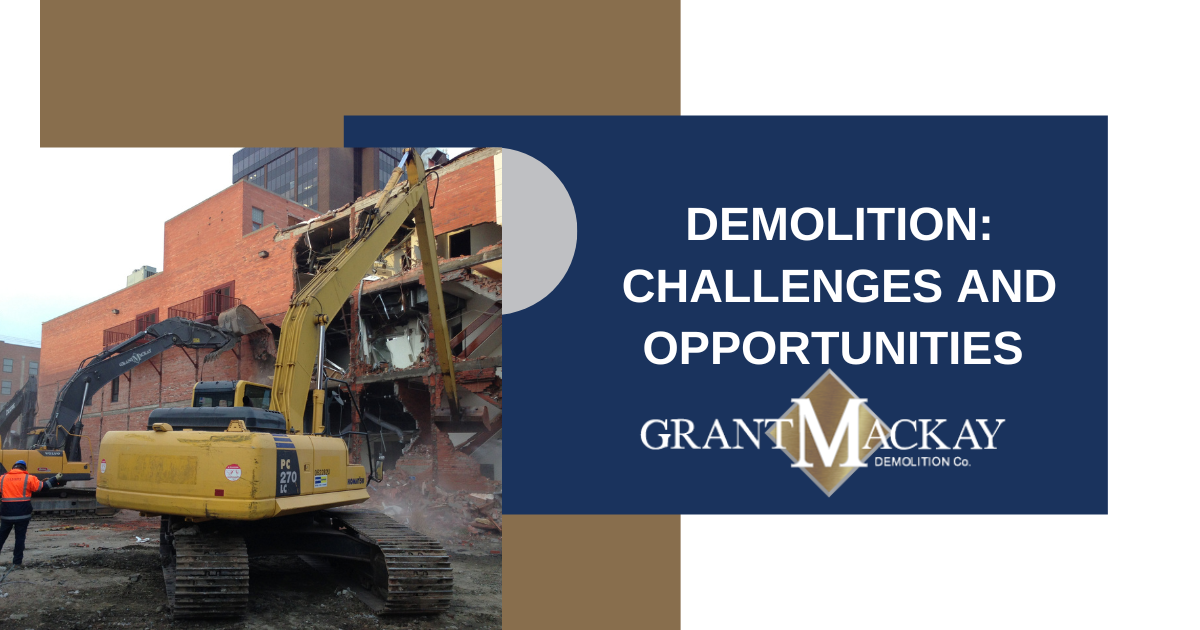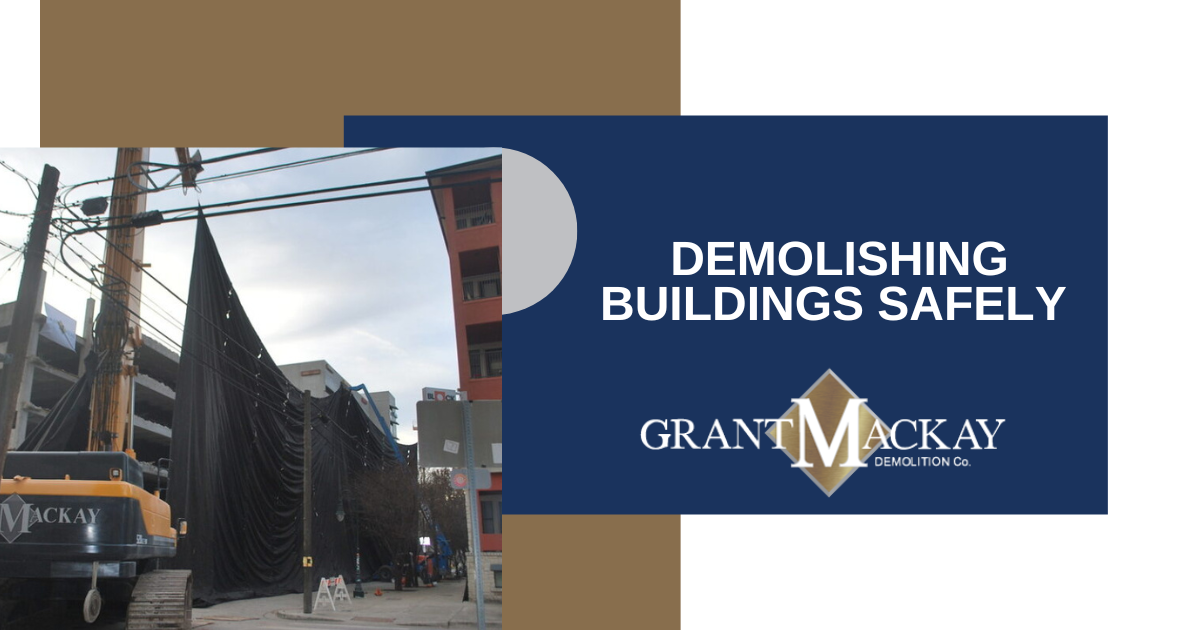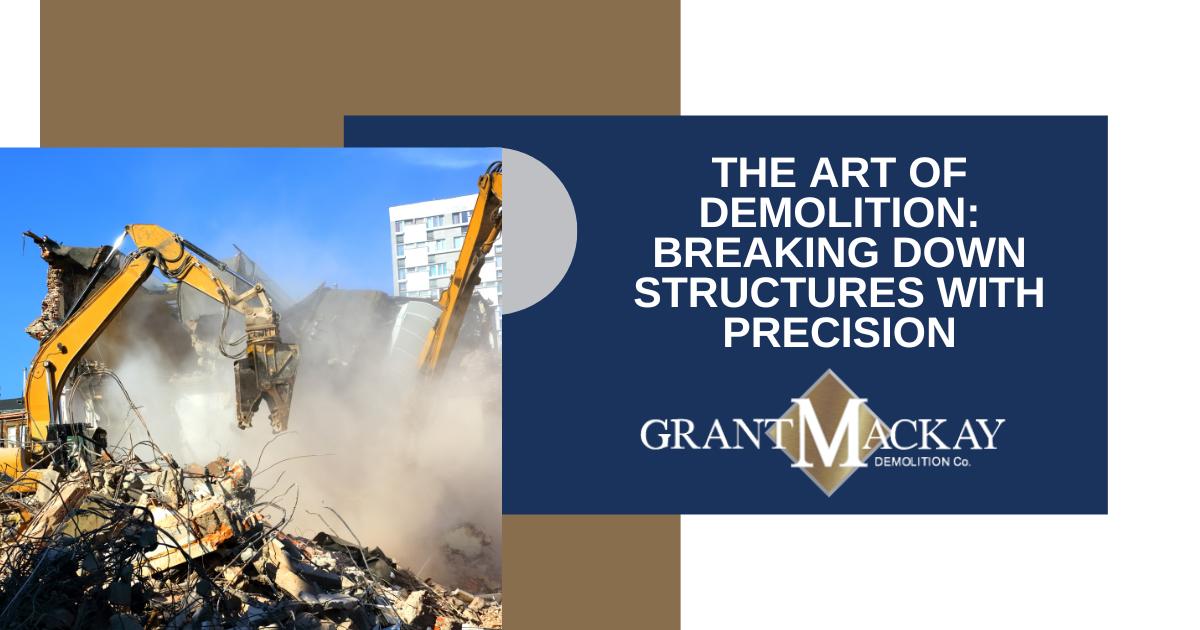Primary objective of demolition is to clear a site quickly and efficiently
In the construction industry, the terms "demolition" and "deconstruction" are often used interchangeably, leading to confusion about their true meanings and implications. Understanding the key differences between demolition and deconstruction is crucial for making informed decisions regarding construction projects. This comprehensive article aims to shed light on the various aspects of these two methods, including techniques, objectives, benefits, limitations, and environmental impacts.
Techniques and Objectives
Demolition is a process that involves the complete destruction of structures using machinery, explosives, or other means. The primary objective of demolition is to clear a site quickly and efficiently, usually to make way for new construction projects. Heavy machinery such as excavators, bulldozers, and wrecking balls are commonly used in demolition processes. Controlled explosions may also be employed for large-scale demolitions.
Deconstruction, on the other hand, is a meticulous approach that focuses on carefully dismantling a structure to salvage reusable materials and minimize waste. Skilled workers selectively remove building components, such as doors, windows, fixtures, and flooring, with minimal damage to the salvaged materials. Deconstruction is time-consuming and requires expertise but offers the advantage of maximizing resource recovery and reducing environmental impact.
Benefits and Limitations
Demolition is often perceived as the quicker and more cost-effective option due to its straightforward nature. However, it generates large amounts of waste, which can have significant environmental consequences. Furthermore, the use of heavy machinery and explosives in demolition processes contributes to noise pollution, air pollution, and potential harm to surrounding ecosystems.
Deconstruction, though more labor-intensive and time-consuming, provides several benefits. Through careful dismantling, deconstruction allows for the salvage of valuable materials that can be reused, recycled, or repurposed. This not only reduces waste and landfill usage but also minimizes the consumption of new resources. Deconstruction can also contribute to local economies through the sale of salvaged materials and create opportunities for job training and education in sustainable construction practices.
Environmental Impact
The environmental impact is a crucial aspect to consider when comparing demolition and deconstruction. Demolition, with its focus on rapid clearance, often results in significant waste disposal. Materials that could have been recovered and repurposed are lost, leading to increased resource consumption and greenhouse gas emissions. Moreover, the use of heavy machinery and explosives contributes to pollution and environmental degradation.
On the other hand, deconstruction significantly reduces waste generation by salvaging materials for reuse or recycling. Reusable materials such as wood, bricks, metal, glass, and fixtures can be diverted from landfills, leading to a decrease in landfill usage and the associated environmental impact. By promoting resource recovery and reducing the demand for new materials, deconstruction aligns with sustainable construction practices and helps mitigate environmental concerns.
Understanding the distinctions between demolition and deconstruction is crucial in making informed decisions in the construction industry. While demolition focuses on quick clearance, deconstruction emphasizes sustainable practices by maximizing resource recovery and minimizing waste. By choosing the appropriate method for a given project, construction professionals can balance environmental concerns, resource efficiency, and project objective. We are the team of experts you want to
contact to make this decision.
